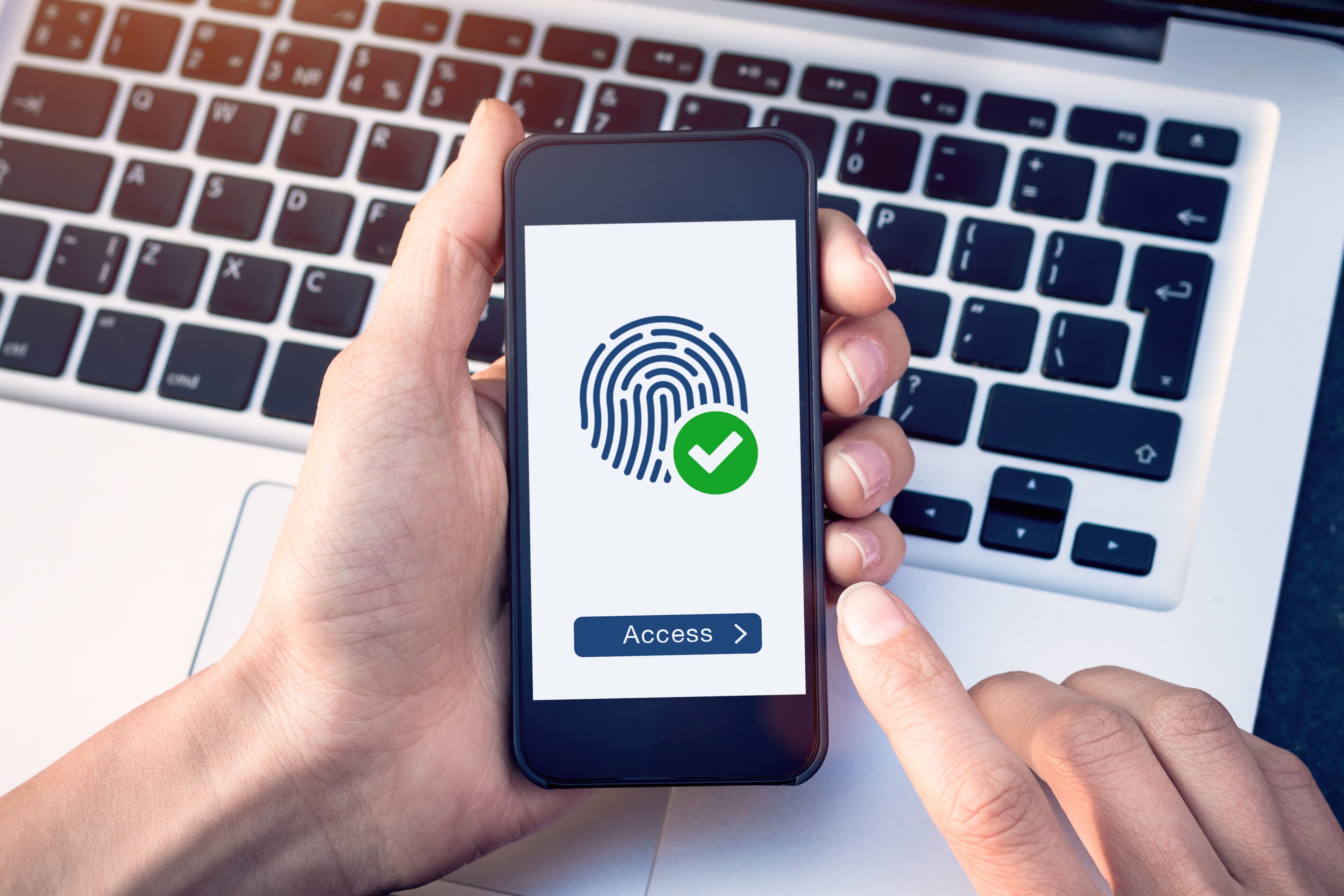EY refers to the global organization, and may refer to one or more, of the member firms of Ernst & Young Global Limited, each of which is a separate legal entity. Ernst & Young Global Limited, a UK company limited by guarantee, does not provide services to clients.
How EY can help
-
Discover how EY India's next generation security operations & response team helps organizations build programmatic and leading-class security operations.
Read more
Zero Trust Architecture is a security paradigm that fixes the inherent weakness of conventional strategies that only data outside an entity needs to be secured. This new paradigm requires the organization to continuously analyze and evaluate the risks involving their internal IT assets and business functions, and form strategies to mitigate them. ZTA model restricts access by providing it to only those in need at a time depending on whether they are successful in the authentication of each access request. This helps eliminate unauthorized access to data and services and employs a positive security enforcement model.
The Zero Trust model uses a different lens to view data protection, allowing criteria that govern access and restrictions. Organizations have little or no oversight or influence over network and data use in a legacy network, but with a Zero Confidence Architecture, all network traffic is seen by the segmentation gateway containing the strictly implemented granular data, device, or asset access policy.
While we are focusing on digital tenets of an organization, we should not forget that effective cybersecurity is also an essential enabler of digital transformation. If consumers won’t trust a business with their data, they will not engage with that business. To establish the user’s inherent digital trust, it is important for all integral parts of the digital ecosystem to perform their role to secure consumers’ data and protect their valuable assets.
Implementing zero trust architecture model - why is it important?
There are many misconceptions surrounding Zero Trust Architecture model —from its overall functionality to implementation. Here are the five major aspects of Zero Trust Architecture that can help organizations maximize data security:
- Prioritize top risks (e.g., threats, brand image, penalties, compliance): understanding the attack surface and threat landscape is important to qualify risks and prioritize the ones that need the maximum focus.
- Enterprise-wide policy with an automated rule base: organizations should set policies according to sensitivity of services, assets and data housed by them. The power of ZTA comes from the access policies that the organizations define.
- Leverage micro-segmentation and granular perimeter enforcement: organizations should always assume the network is hostile. They should not trust any user or any incident. This means removing implicit trust from the network and building trust into the devices and services.
- Architect Zero Trust Network based on inside-out view and the way data is used transitionally: organizations should include ZTA as part of the overall transformation strategy. They should implement technologies that help achieve Zero Trust as we move more to the cloud and retire old legacy systems.
- Never trust any user, app, network or device, keep adding context dynamically and keep roles and access privileges updated: organizations should work on the authentication of their users, devices and workloads. They should enforce technologies such as multifactor authentication, privilege ID management, behavioral analytics and file system permissions based on the defined rules to minimize compromise of trust.
Lost or stolen data, exfiltrated Intellectual Property and other types of breaches cost organizations money and damage their reputation. Avoiding such occurrences is key to a successful ZTA adoption. The ZTA model helps in standardizing access control enforcement across all enterprise resources with continuity of critical business processes and improved compliance. It is most effective when integrated across the organizations’ entire digital IT estate. The goal is to be agile, dynamic and in continuous verification mode to assess the risk and take educated access control decisions. But organizations need to balance the users’ online experience while minimizing exposures and improving their protection against eminent cyberthreats. Each step taken in this regard is likely to make a difference in reducing the risk and building trust in the digital IT estate of the organization.





